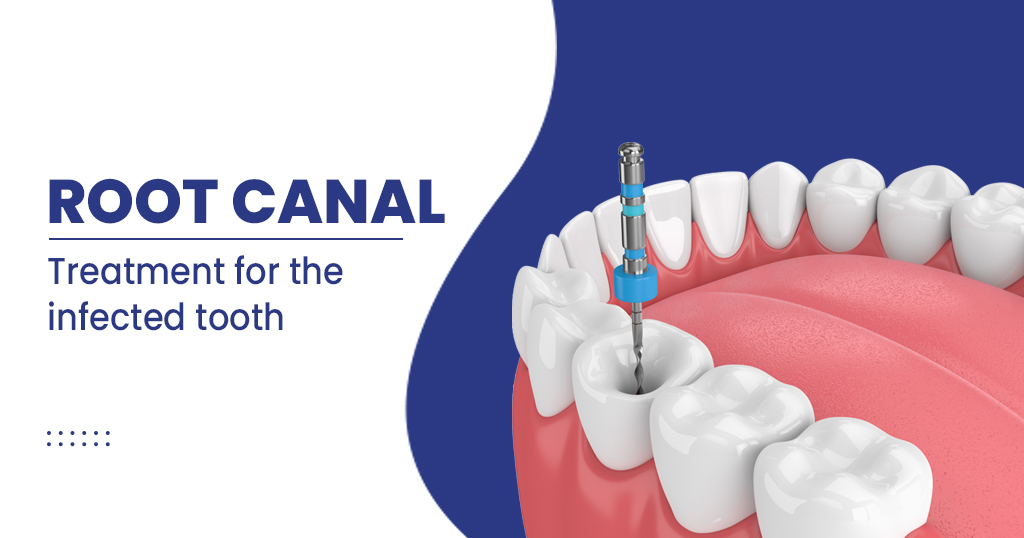
Enquiry Form
Root canal treatment in New Thippasandra is one of the best and offers the perfect treatment for your damaged tooth.
The term root canal comes from the word cleaning of the root of teeth that are badly damaged from the core and needs to be replaced.
In earlier times root canal was a procedure that was quite painful and most people dreaded doing it.
But with the advancement in dental procedures root canal has become a very convenient procedure to be carried out and is done by a medical practitioner in the most hygienic conditions.
In fact, if you are someone who is suffering from this condition it is always better to get the root canal done rather than undergo the pain of a decayed tooth.
There are a lot of alternatives available to the extraction of a damaged tooth such as replacing the tooth with a dental implant or removing partial dentures.
Root canal treatment in Thippasandra is an alternative that you may have to exercise when the center part of the tooth which is also known as the Pulp that houses the blood vessels, connecting tissues, and nerves becomes inflamed and swelling occurs around it.
The procedure is usually carried out by Periodontics or a specialist in root canals.
The procedure is performed in order to save a badly damaged tooth rather than directly extracting it.
There are some very common causes of tooth damage that lead to a root canal.
You may suffer from some infection or cavity that occurs due to the accumulation of plaque, there may be cracked or damaged tooth because of some accident or injury, and also repeated treatment of the tooth that is unable to get better.
These recurring issues may lead to the inflammation of the pulp and the nerves connecting it and damage it permanently.
Due to this problem, an individual may experience excruciating pain in the tooth area and when it becomes unbearable the doctor's assistance may be required.
The pain usually subsides once the pulp dies but if the infection spreads then there is no option but to get a root canal done.
In this condition, it is always advisable to visit a dentist at the earliest if you have slight pain in your tooth or gums.
There are certain guidelines to be followed post-treatment that can help you keep against the recurrence of this condition.
It is a must to take the prescribed antibiotics as given by your medical practitioner to that the pain can be eased out.
Most importantly, maintain good oral hygiene that involves regular brushing as well as flossing of teeth.
It is advisable that you must keep away from eating or drinking for at least a few hours after your root canal treatment is done.
The treated area is usually numb for 1st one time and you may accidentally cause yourself some harm.
Once the numbness wears off, you can get back to eating normally.
Try to avoid crunchy and hard-to-eat food for a few days after you have undergone your root canal treatment.
If the root canal procedure involves a temporary filling then there are chances that the filling may wear off in between your visits to the dentist.
Do consult your dentist at the earliest in case the filling wears off completely.